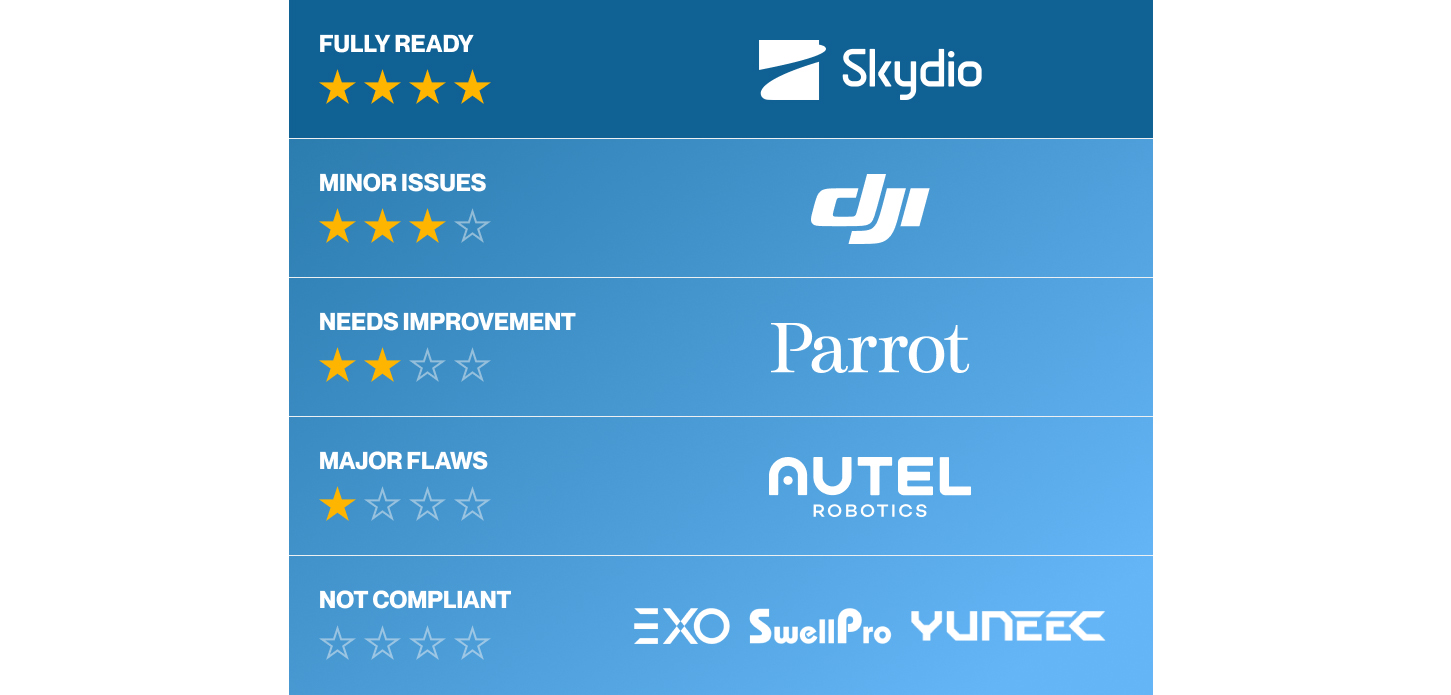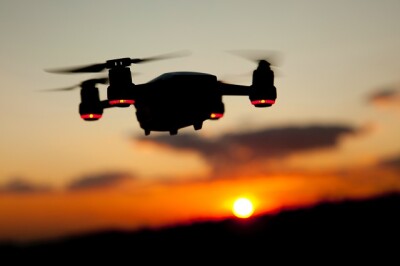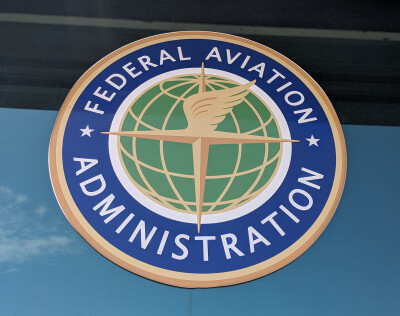Remote ID has long dominated the headlines of the drone industry, and for good reason. The long-discussed FAA rule provides identification and location information for every drone and broadcasts it to other parties. Referred to by many as a digital license plate for drones, it is designed to lay a foundation of safety and security that more complex drone operations can be built upon.
How Remote ID could be enabled to best balance safety and security priorities is a whole separate conversation, but those specifics impacted the FAA’s Remote ID requirement that was supposed to go into effect on September 16, 2023. A variety of challenges caused that deadline to get pushed by six months to March 16, 2024. A new report highlights that this extension might not have impacted the core implementation challenges that compelled the delay in the first place.
Just today, SkySafe released findings that show a lack of Remote ID readiness from some of the biggest names in the industry. While one of the seven drone manufacturers that was assessed followed implementation perfectly, others had results that ranged from confusing to potentially “disastrous.” Initiated by the SkySafe team to determine how comprehensively manufacturers implemented the new Remote ID standards to make rule enforcement possible, some believed the September delay would positively impact these results. Others weren’t as sure, for multiple reasons that have been proven out.
“The lack of Remote ID readiness isn’t surprising as it is an incredibly complex endeavor and to date, there is no plan to hold any manufacturers accountable or verify compliance beyond self-declaration,” said Grant Jordan, CEO, SkySafe. “Given this, we don’t believe the deadline extension made an impact, it just pushed it back.”
The scope of Remote ID implementations discovered by SkySafe’s research team sought to answer questions related to culpability across seven manufacturers: DJI, Skydio, Autel, Parrot, SwellPro, EXO, and Yuneec. If a pilot is found to be operating a standard Remote ID drone that doesn’t follow the required specifications, who is at fault? What agency or entity will hold manufacturers responsible for implementations that do not comply with the ASTM standard for Remote ID?
One way or another, Remote ID will soon arrive, putting operators and organizations in a position where they’ll need to be compliant. Advice for those stakeholders is the same as it ever was, but this new research provides them with further insight when it comes to how they should be making decisions related to the way they use drones.
“Our research should make the end users seriously question the manufacturers on whether or not the drones they’re buying will be compliant,” Jordan told Commercial UAV News. “The manufacturers are putting pilots in a position where they won’t know if they’re breaking the law and who will be held accountable.”















Comments